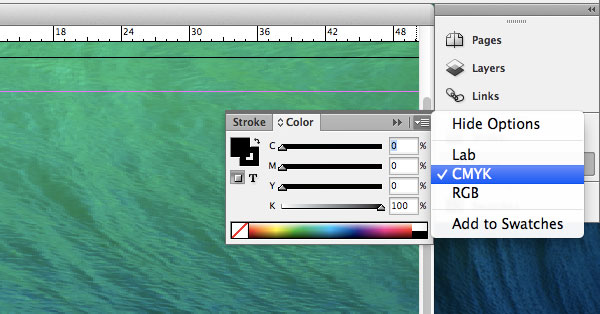

Choose the CMYK setting based on paper and press type.ģ.Cyan is an open source cross-platform image viewer and converter, designed for prepress (print) work.

Set your color preferences: Photoshop > Color SettingsĢ. Evaluate memory colors carefully when reviewing proofs.ġ. We know what they should look like and when they don't, we notice it. Familiar objects such as a blue sky, a yellow banana, a red apple or green grass are called memory colors. When saving a CMYK file, do not embed a color profile.īe mindful of memory colors. Record a Photoshop Action while converting an image and then use Batch File > Automate > Batch to convert and save a group of images automatically.ġ0. If your digital camera creates 16-bit color images, convert to 8-bit Image > Mode > 8 Bits/Channel, but only after converting to CMYK.ĩ. Remember to convert images from stock photo houses or those on CD-ROM.Ĩ. You will lose color quality and fidelity with every conversion.ħ. Once you have converted an image to CMYK, do not convert it back to RGB. Create original art and illustration (especially with blocks of solid colors) in CMYK.Ħ. Convert your edited images from RGB to CMYK just before the final save.Ĥ.

Many advanced filters only work with RGB images apply them before converting.ģ. Flip-flopping from RGB to CMYK and back to RGB and then to CMYK can noticeably degrade an image.ġ.Scan images in RGB, and save an unedited backup copy.Ģ. While it is important to convert from RGB to CMYK, do it only once because some colors are being thrown away, compressed and changed each time. Colors not contained in a color space are said to be "out of gamut." Some colors may be clipped or compressed as you convert from the larger gamut of RGB to the smaller gamut of CMYK. Typically, RGB has a larger range of colors (or gamut) than CMYK. The ink, the paper's brightness, and a number of press characteristics determine the actual range of color that we will be able to achieve. The conversion to the smaller CMYK space tends to impact deep blues and greens hardest. When RGB images are converted to CMYK, there is some color shift to keep the image within a range of what is printable on press. Notice the difference between offset printing's CMYK gamut compared to the gamut of a typical RGB monitor. A gamut describes the range of different Colors that can be seen or reproduced. Because of the nature of the two color spaces, not all colors in one are contained in the other. When an image is converted from RGB to CMYK, it moves between color spaces. While it seems easy, some things have to be considered. For predictable results, make color evaluations using a printed proof, not your monitor. These two color models are so different that even expensive and well-calibrated monitors will not consistently predict the color of offset printing. Reflected light from a proof or printed piece results when ambient light bounces off the paper and is filtered by transparent inks sitting on top of the paper's white background. Like a scanner, a monitor generates pixels by transmitting light using the additive primaries, red, green, and blue. Monitors use these same three colors to display images on screen. Scanners and digital cameras create images using the three primary colors of light: Red, Green and Blue an image is printed on a press, it typically uses four colors: Cyan, Magenta, Yellow and Black. Converting your color image files from RGB to CMYK is an important step in prepress preparation of digital files.


 0 kommentar(er)
0 kommentar(er)
